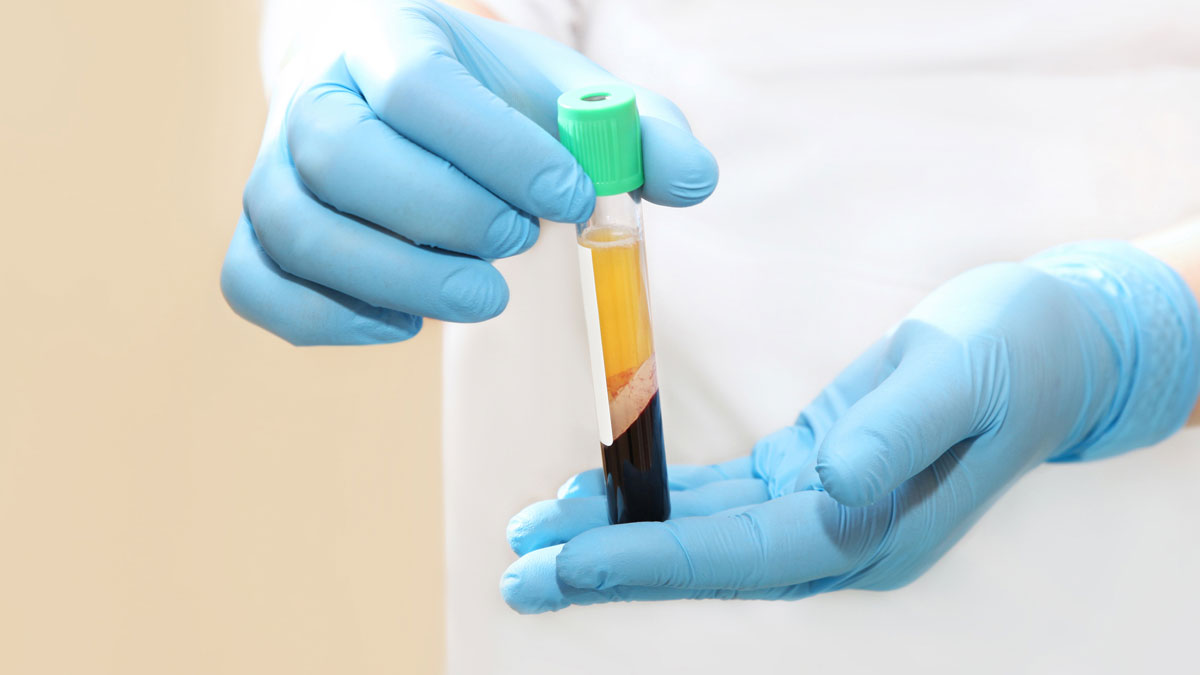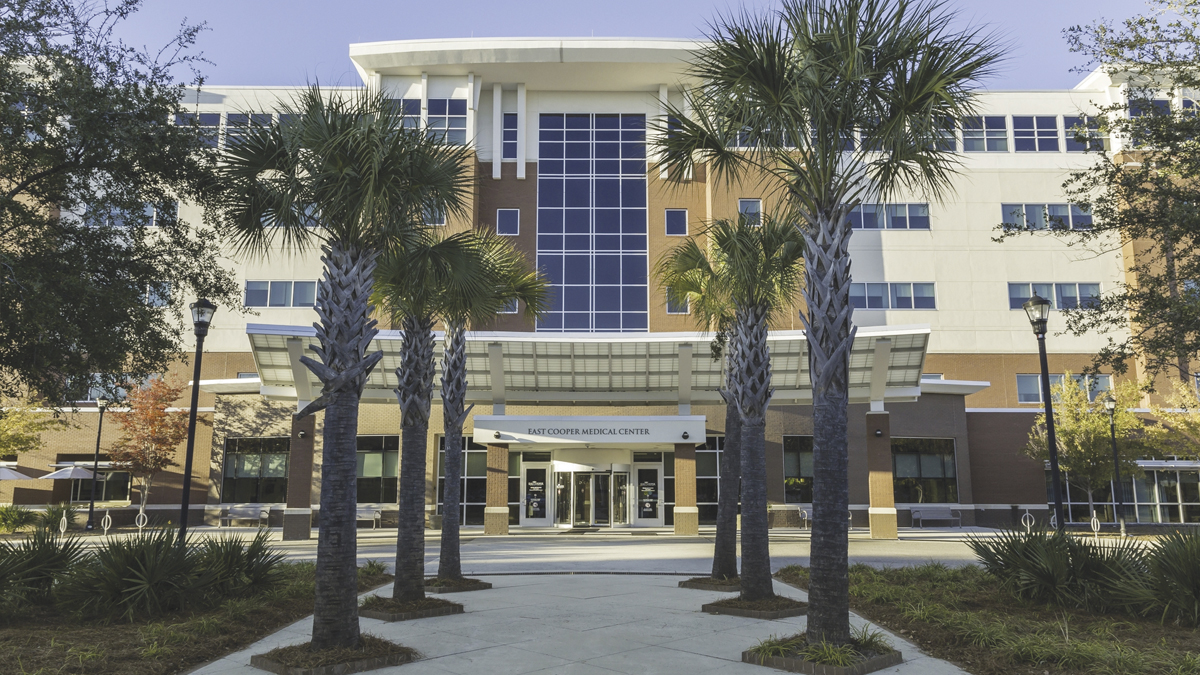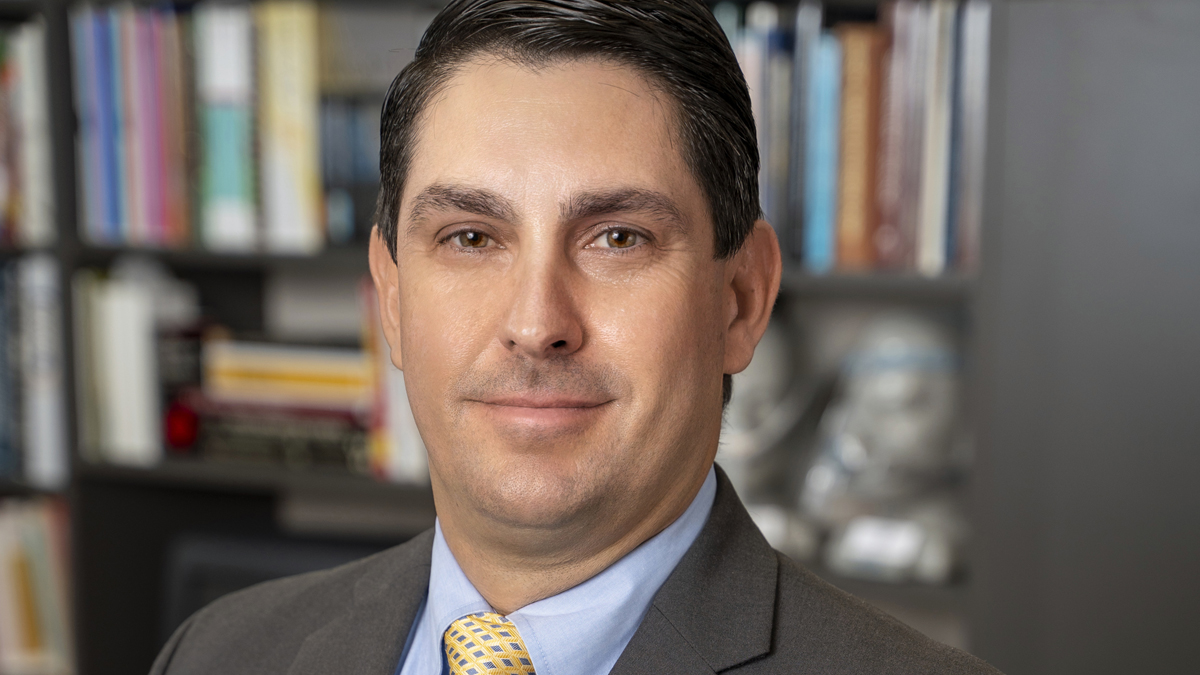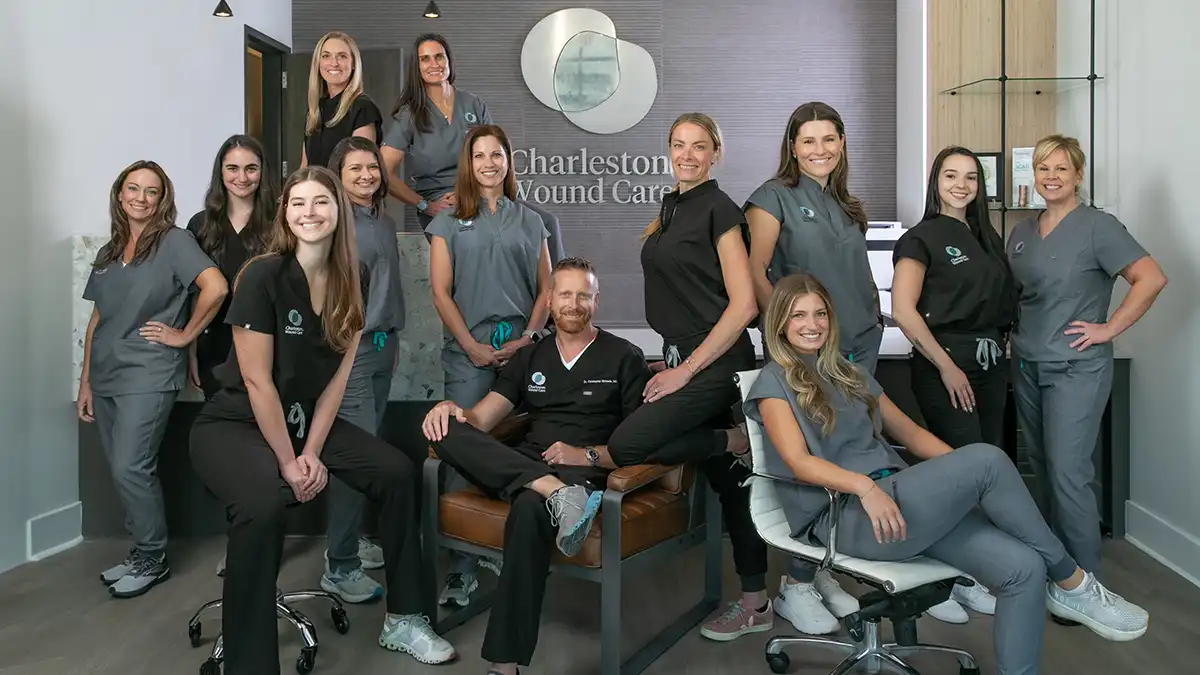More and more people are seeking natural healing therapies over prescription medications to relieve pain from conditions such as tendonitis or arthritis. Lucky for them, there are an increasing number of natural procedures being offered. One of those procedures actually uses the body’s own healing powers to improve function, ease pain and slow degeneration. Many professionals in the world of orthopedics are noticing the long-term benefits of platelet-rich plasma – or PRP. HealthLinks sat down with Dr. Adam Schaaf, a sports medicine doctor with Lowcountry Orthopaedics & Sports Medicine, to find out more.
HealthLinks: What is PRP?
Dr. Schaaf: “Our blood consists of a liquid component know as plasma and three solid components: red blood cells, white blood cells and platelets. Platelets play an important role in forming blood clots. They also have unique proteins known as growth factors, which help the body heal from injuries. A normal blood specimen contains only 6% platelets, while platelet-rich plasma contains 94% platelets and five to 10 times the concentration of growth factors found in normal blood. This allows for greater healing properties.”
“PRP is a non-surgical therapy that uses a high concentration of platelets and plasma to promote self-healing in many orthopedic conditions.”
HealthLinks: Is it injected into the damaged area of the body to promote healing? How does it work to heal that spot?
Dr. Schaaf: “PRP treatment involves drawing a patient’s blood and spinning it down in a centrifuge to separate the portion of the blood that contains platelets and growth factors. It is then injected directly into the area that is injured. The growth factors in the PRP injection bring natural healing cells and growth factors to the area.”
HealthLinks: How long does it take for PRP to work?
Dr. Schaaf: “Patients will typically notice some relief in the first several weeks after the procedure. Improvements in symptoms may continue many months after surgery.”
HealthLinks: What does PRP treat?
Dr. Schaaf: “Studies are ongoing to determine what conditions in orthopedics are going to respond best to PRP. Currently, the best results for PRP are from tendinitis-type injuries in the elbow, hip, knee and shoulder arthritis.”
HealthLinks: How is it injected?
Dr. Schaaf: “First, a doctor will draw approximately 10cc of blood. The blood is then spun in a centrifuge machine for about 10 to 15 minutes to separate the platelets from the remaining blood components.”
“The injured part of your body is then numbed with a local anesthetic. The platelet-rich portion of your blood is then injected into the affected area. In some cases, your doctor may use ultrasound guidance for proper needle placement.”
HealthLinks: Are there any complications with the procedure?
Dr. Schaaf: “There are minimal risks associated with PRP injections. Some potential risks include, irritation and temporary pain at the injection site. As with any injection, there is a risk of infection.”
HealthLinks: How does it work? Why is the procedure so popular?
Dr. Schaaf: “PRP gained popularity with the press after famous athletes used it to treat their injuries. Some of the key advantages of PRP injections include reducing the need for anti-inflammatories or stronger medications like opioids. Additionally, since the PRP injection is created from your own blood, your body will not reject or react negatively to the treatment.”
HealthLinks: Who should get a PRP injection?
Dr. Schaaf: “Here at Lowcountry Orthopaedics & Sports Medicine, we are happy to discuss all options, answer any questions and determine the best treatment for you. Come in to speak with one of our specialists to understand the potential benefits and decide if PRP is right for you.”
For more information on Lowcountry Orthopaedics & Sports Medicine, visit www.lowcountryortho.com or call 843-797-5050.
By Theresa Stratford






